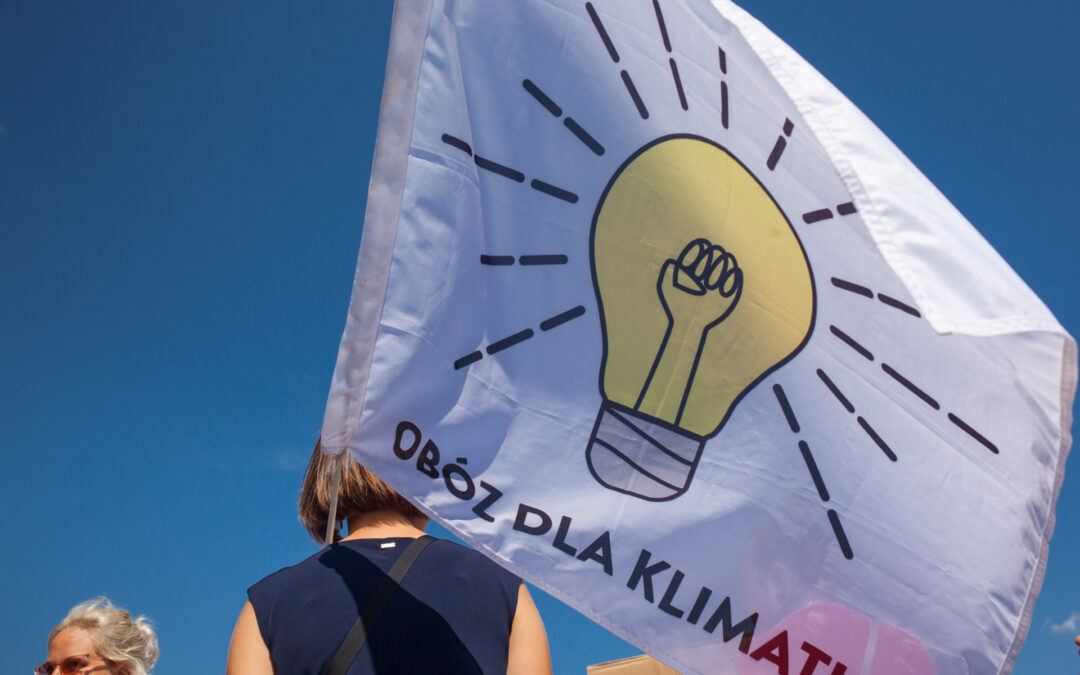Two of Poland’s richest men have signed a deal to build the country’s first nuclear power plant, which they aim to complete by 2027. They see the plans as a necessary step in Poland’s move away from its reliance on coal and towards lower-emission forms of energy.
“Deep decarbonisation is a necessity and results not only from concern for the planet but also from the real needs of the economy and cost-efficiency,” said Michał Sołowow, whose estimated 15.5 billion zloty ($4.1 billion) worth makes him the wealthiest person in Poland, according to Forbes. “The obvious response to this crisis is nuclear technology.”
Sołowow and Zygmunt Solorz, worth 13.6 billion zloty, announced this week that they had signed a deal to build a small modular reactor (SMR) with a capacity of between 1,200 and 1,800 MW near the existing Pątnów power plant in central Poland.
Sołowow had already outlined plans for such a reactor in 2019. In October that year, he also said that he would be teaming up with US-based GE Hitachi Nuclear Energy (GEH) to construct a small reactor in another location – near his Synthos chemicals plant in Oświęcim, southern Poland.
The new location of Pątnów would be based around ZE PAK, a complex of power plants fired with lignite coal and biomass that is owned by Solorz. The site is roughly midway between the cities of Wrocław, Łódź and Częstochowa.
The investors plan on setting up between four and six nuclear reactors with a capacity of 300 MW each. The plant would operate “on the basis of the most modern and safest American technologies,” they say. However, SMR-type reactors have not yet been commercialised.
“We need cheap and clean energy to be able to develop as a state and society,” said Solorz. He noted that basing the plant near his existing energy assets would improve its chances of implementation thanks to the already existing electricity transmission infrastructure.
The area near Pątnów has for decades been used to generate electricity from nearby open-pit lignite mines. However, last year, ZE PAK said it would make an exit from coal-based electricity by 2030.
Poland’s government has also been looking for ways to wean the country off coal, which accounts for around 70% of electricity production, the highest level in the EU. Current plans see that share falling to under 60% by 2030, and potentially as low as 11% by 2040.
Part of that process has been the development of a state nuclear energy plan, according to which the first reactor is due to go online by 2033, with five more to follow by 2043. The government will need to make a final call on international partners by the end of next year.
The climate ministry last year outlined that the aim is to have a total installed nuclear capacity of 6 to 9 GW, at an estimated cost of 80 billion zloty (€17 billion). But some experts fear that the proposed timeline is overly optimistic.
ZE PAK has made clear that it does not intend on competing with state nuclear plans, despite Pątnów also being slated as a location for the official Polish nuclear power programme. “Our plans are not competitive to the state’s plans,” said Piotr Woźny, CEO of ZE PAK.
“SMRs will not replace large state-owned energy, but they can perfectly complement it…and help overcome the lack of available capacity in the energy system resulting from shutting down more coal-fired units and increasing demand for electricity,” he added.
Main image credit: Fundacja Rozwój Tak-Odkrywki Nie/Flickr (under public domain)

Maria Wilczek is deputy editor of Notes from Poland. She is a regular writer for The Times, The Economist and Al Jazeera English, and has also featured in Foreign Policy, Politico Europe, The Spectator and Gazeta Wyborcza.



















